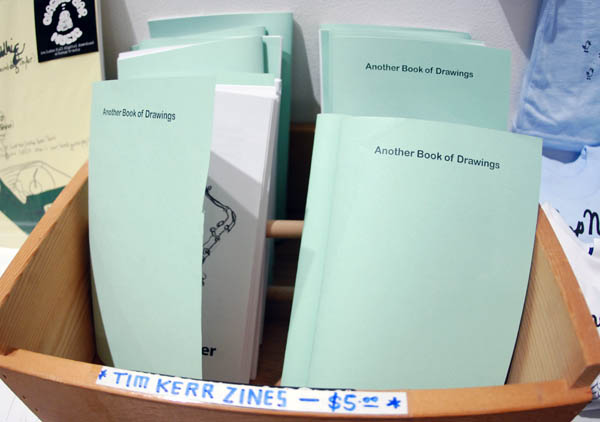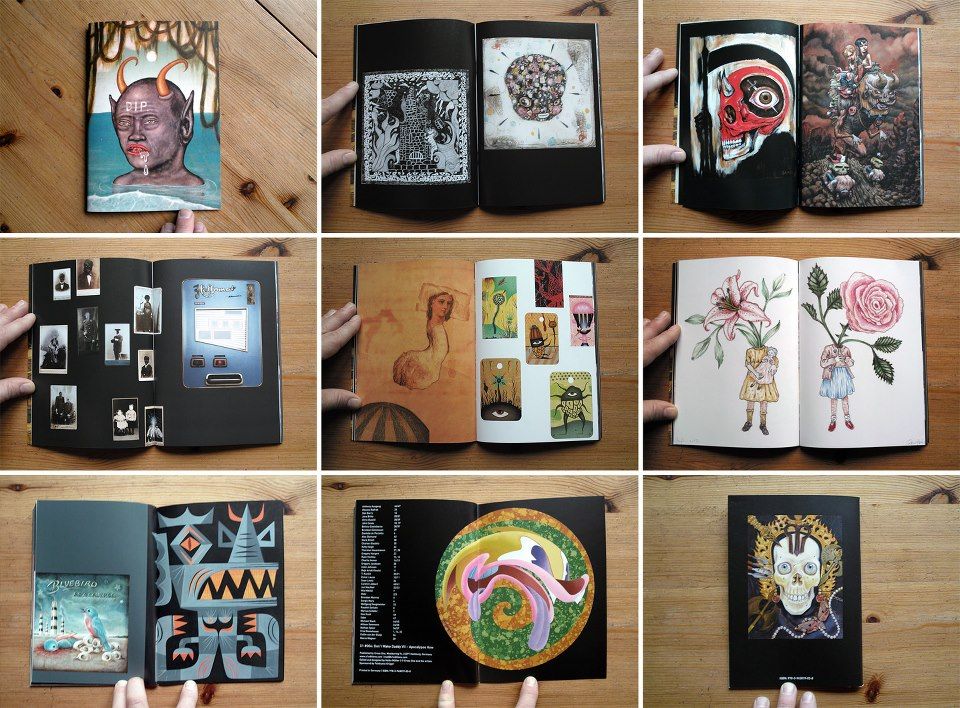All reference images have been gathered from various websites
(fngmagazine.com, fecalface.com, blog.sub-studio.com, delainas.blogspot.com, etc)
What is an ArtZine?
A zine (// zeen; an abbreviation of fanzine, or magazine) is most commonly a small circulation self-published work of original or appropriated texts and images usually reproduced via photocopier. Zines are written in a variety of formats, from computer-printed text to comics to handwritten text (an example being the hardcore punkzine Cometbus). Print remains the most popular zine format, usually photo-copied with a small circulation. Topics covered are broad, including fanfiction, politics, art and design, ephemera, personal journals, social theory, single topic obsession, topics far enough outside of the mainstream to be prohibitive of inclusion in more traditional media. The time and materials necessary to create a zine are seldom matched by revenue from sale of zines.
While zines are generally self-published, there are a few independent publishers who specialise in making art zines. One such 'art-zine' publisher (who also publishes books) is Nieves Books in Zurich, founded by Benjamin Sommerhalder. Another is Café Royal Books, UK based and founded by Craig Atkinson in 2005.
(Wikipedia)
Personally, I enjoy generating concepts and ideas (significantly more than the execution bit unfortunately). While mind-mapping for a possible way to put the brief to print, I found out that I want to create a narrative book. Possibly with pop ups, scents/smells, a story line or maybe even a journal log. Most artzines (upon research) just simply show samples of works an artist has done. However, if we really want to bring out the three words stated in the brief, I feel that one needs a concept, rather than it being too abstract.
I like the idea of creating a publication without the restraint of any specific style in mind. Since I entered ADM, I have tried many different artist styles like illustration based works, typographic and abstract. I'm also quite thankful to be paired with Bev (my group mate) because I really admire her illustrations and I wish to learn some techniques from her too.
For this week's milestone, instead of brain storming together first, Bev and I decided to individually research on how we envision our article to look like. We'll work better like this because we're both quiet thinkers (if that makes any sense). After this bit, we'll to pull our ephemera and findings together to see what we can work with. Since we've never worked together before, we thought that this way could help us work better with each other's strengths.













%2BOct.%2BPrima%2BArt-Zine%2BCU1.jpg)





